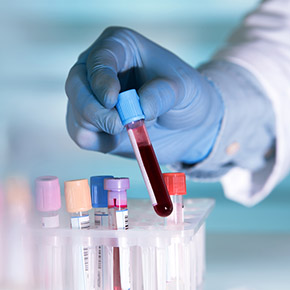The physical changes in the mother

During the second three months, as the early symptoms fade away and pregnancy hormone levels rise, new changes appear in our bodies to somehow tell us that we are one step closer to seeing our little one. Our bodies experience a higher blood circulation during pregnancy, which sometimes leads to an inflammation in our nose or nosebleeds. Also, after a third of the pregnancy period has passed, we may feel that our feet have swollen, or we may experience muscle spasms in our legs. All of these symptoms, along with dizziness, lower abdominal pain, or even forgetfulness are absolutely normal and happen to all of us. The important thing is to keep our bodies and our little ones healthy by staying active and doing exercises.
Emotional changes in the mother
The Tests
AFP is a protein that is produced by the fetus’s liver. This protein crosses the placenta and enters the mother’s blood. By doing an Alpha fetoprotein test, the level of AFP in our blood is measured. Sometimes, if we are pregnant with twins, we will have a higher level of this protein in our blood. However, an abnormal level of AFP can be indicative of chromosomal abnormalities or other complications in our little ones.

The sonography in the second three months is done with the purpose of ensuring that the baby’s organs are in a good state. Measuring the cervical length, the anatomy of the baby’s body, the amount of the amniotic fluid (the fluid that exists around the fetus), the fetus’s behavior, activities, and growth are all among the factors that are examined during this stage. Also, the number of the little ones growing inside us and the due date determined in the last sonography session will be checked and confirmed again.
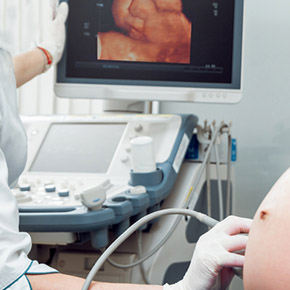
A glucose screening test is done to diagnose gestational diabetes, which is a short-term diabetes. Some of us mothers may experience gestational diabetes; however, as long as we are treated in time, it won’t harm our babies. Determining the blood glucose level is done during weeks 24-28, but if we are more likely to develop this illness, we need to do the test earlier than usual.
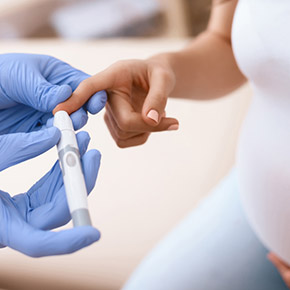
During an amniocentesis test, a sample of the amniotic fluid which covers and protects the baby is tested to assess the probability of chromosomal abnormalities, genetic disorders, and neural tube defects (e.g. spina bifida). An amniocentesis test is usually prescribed between weeks 15-20 for mothers whose fetuses are in danger of chromosomal abnormalities.
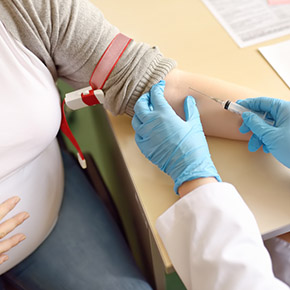
Cordocentesis or percutaneous umbilical blood sampling is a quick test that is normally done after the 18th week of pregnancy. In this test, your fetus’s blood is directly extracted from the umbilical cord and is analyzed for diagnosing different abnormalities. This test is not as common as the other diagnostic tests like amniocentesis or chorionic villus sampling and it is only done when the results of the aforementioned tests are not certain.
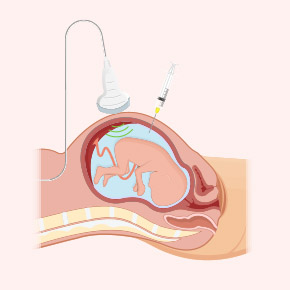
The multiple marker test is a blood test which is done during weeks 15-20 to determine the risk of neural tube defects (e.g. spina bifida) and chromosomal abnormalities (e.g. the Down syndrome and trisomy 18) in our little ones. In order to obtain more precise and accurate results, doctors combine the data from this test with data from the screening tests during the first three months. In other words, they carry out an extensive screening test.
